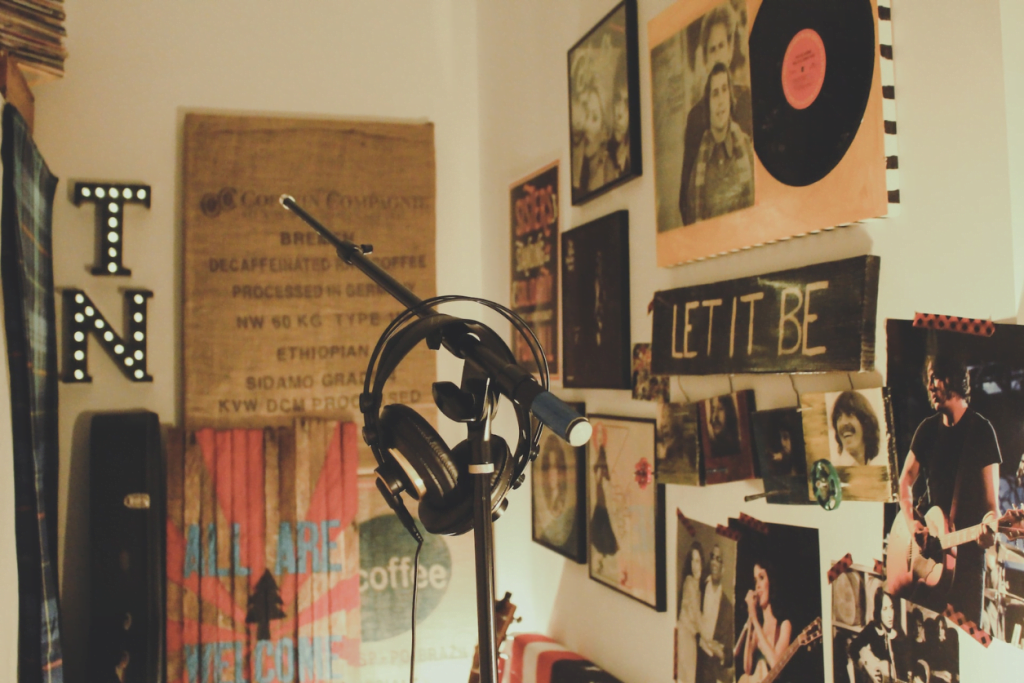Is dubbing an art or a technique? Both. Any art is incomplete without its technique. In an interview, Bahrâm Zand said, “each artistic field follows its own rules, which are adapted to the specifics of that art form. Learning an artistic technique, you prepare the ground for something hidden and unknown.” He gave an example of how a musician just follows a repetitive mathematical logic when playing the instrument, but as soon as his fingers start playing a note, it creates art. Similar is the process of dubbing. On one hand, the process is technical and on the other, is inspirational. What seems easy, is in fact quite hard.
How does dubbing work? The technique (process) of dubbing is an extremely labor-intensive one. The process includes various steps:
- Material collection phase: This initial phase requires collection of materials essential for dubbing. This includes video files in original language, M&E tracks, voice casting, etc.
- Translation and adaptation phase: Here, the original storyline is translated into the desired foreign language by a native translator and finally adapting them for recording.
- Casting phase: This phase is carried out parallel to the adaptation process where the casting of voice actors is carried out.
- Mixing and recording phase: Here, the selected voice actors record from the prepared script and depending upon the requirements, the production is carried out.
- Quality control and final delivery: After the final production, quality of the completed work is tested. Following this, the final product is delivered in desired format via secured FTP.
At DUBnSUB we always understand the requirement in detail and work accordingly. We offer end to end voice over, dubbing and subtitling services in more than 70 languages, with a huge network of native studios and artists at competitive prices.

